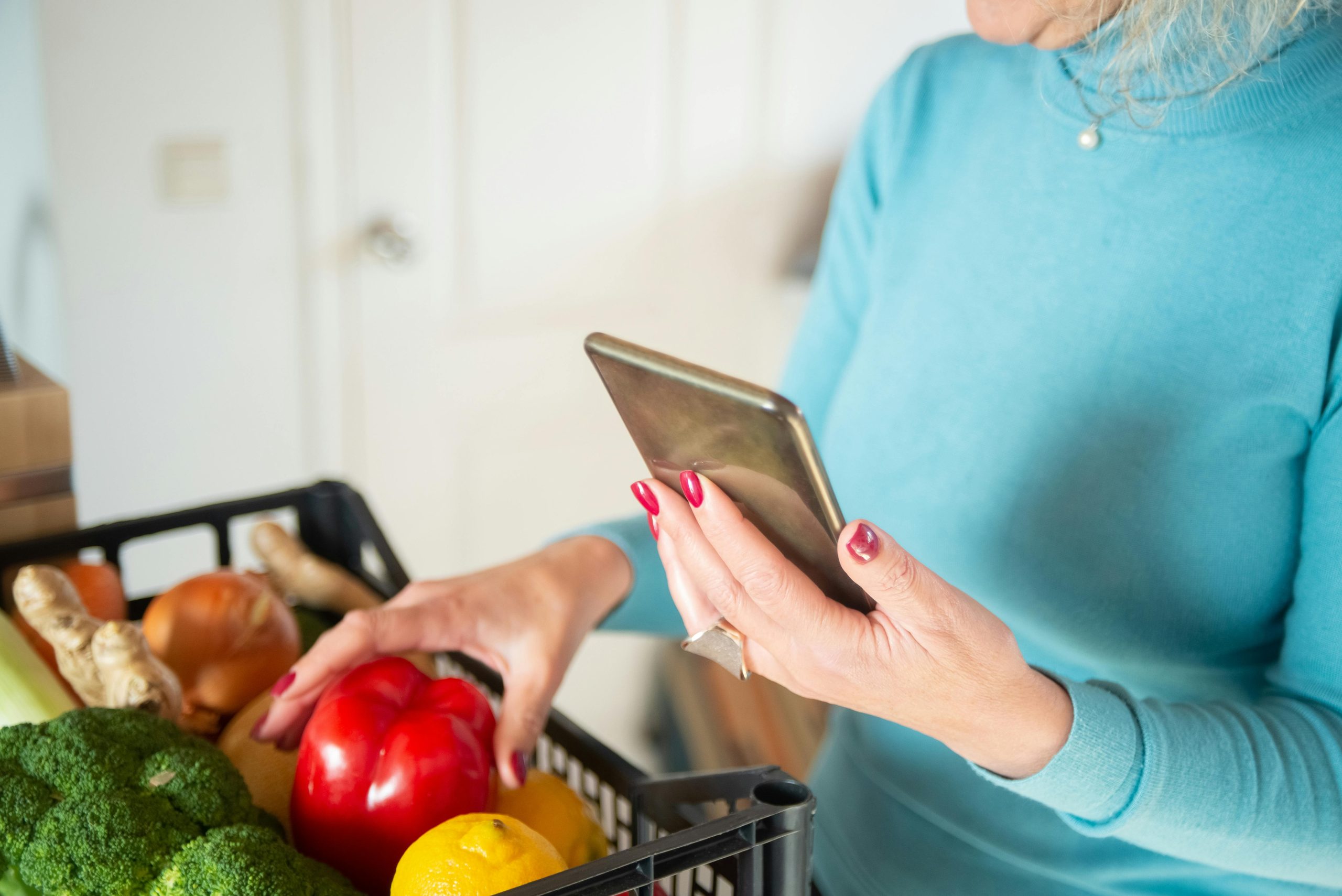Couponing is one of the easiest ways to save money on groceries and household essentials, but it can feel overwhelming if you’re just starting. You can maximize your discounts and even score free products with the right strategies. Whether you’re using digital coupons, paper inserts, or store promotions, learning the basics can help you cut your grocery bill significantly. Here are eight essential tips for beginners to start couponing and make the most of every deal.
1. Start with Your Favorite Stores
When you’re new to couponing, it’s best to focus on a few stores where you shop regularly. Each store has different coupon policies, and getting familiar with them will help you plan your savings effectively. Some stores double coupons, allow stacking with store discounts, or offer cashback rewards, making it easier to maximize savings.
2. Use Store Loyalty Programs
Many grocery stores and pharmacies have loyalty programs. Such programs offer exclusive discounts and digital coupons. Signing up is usually free, and it allows you to earn rewards on purchases, receive personalized coupons, and access special promotions. Stores like Kroger, Walgreens, and Target offer mobile apps where you can load coupons directly onto your loyalty card.
3. Combine Coupons for Bigger Savings
One of the best ways to maximize coupon savings is by stacking different types of discounts. You can often combine manufacturer coupons with store coupons and cashback offers for the same item. Some stores even allow you to use multiple coupons on a single product, significantly reducing the final price.
4. Look for Digital Coupons and Cashback Apps

Image Source: Pexels
While paper coupons are still useful, digital coupons and cashback apps make saving money even easier. Apps like Ibotta, Fetch Rewards, and Rakuten offer cashback on purchases. On the other hand, store apps provide digital coupons that can be applied at checkout. Checking these apps before shopping can help you plan your purchases and save even more.
5. Know When to Stock Up
Sales cycles repeat every few weeks. This means that certain products go on sale at predictable intervals. When you find a great coupon deal on non-perishable items, stock up so you don’t have to pay full price later. This strategy works best for pantry staples, toiletries, and cleaning products.
6. Organize Your Coupons
Keeping your coupons organized ensures that you use them before they expire. Whether you prefer a coupon binder, an envelope system, or a digital method, having a system in place helps you find the right coupons quickly. Categorizing them by product type or expiration date can make the process even more efficient.
7. Plan Your Shopping Trips
Before heading to the store, make a list of the items you need. Then match them with available coupons. Check store ads for weekly sales, and try to combine those deals with your coupons for maximum savings. Planning prevents impulse purchases and ensures you get the best possible deals.
8. Be Patient and Start Small
Couponing takes practice, and it’s best to start small so you don’t get overwhelmed. Begin by using a few coupons on products you already buy. Then gradually expand as you become more comfortable. Over time, you’ll develop strategies that work best for your shopping habits and savings goals.
Couponing is a simple but effective way to save money on everyday purchases. By using store loyalty programs, stacking coupons, and planning, you can significantly cut your grocery bill. With a little practice, these eight beginner-friendly tips will help you maximize your savings and make couponing a rewarding habit.
Read More


